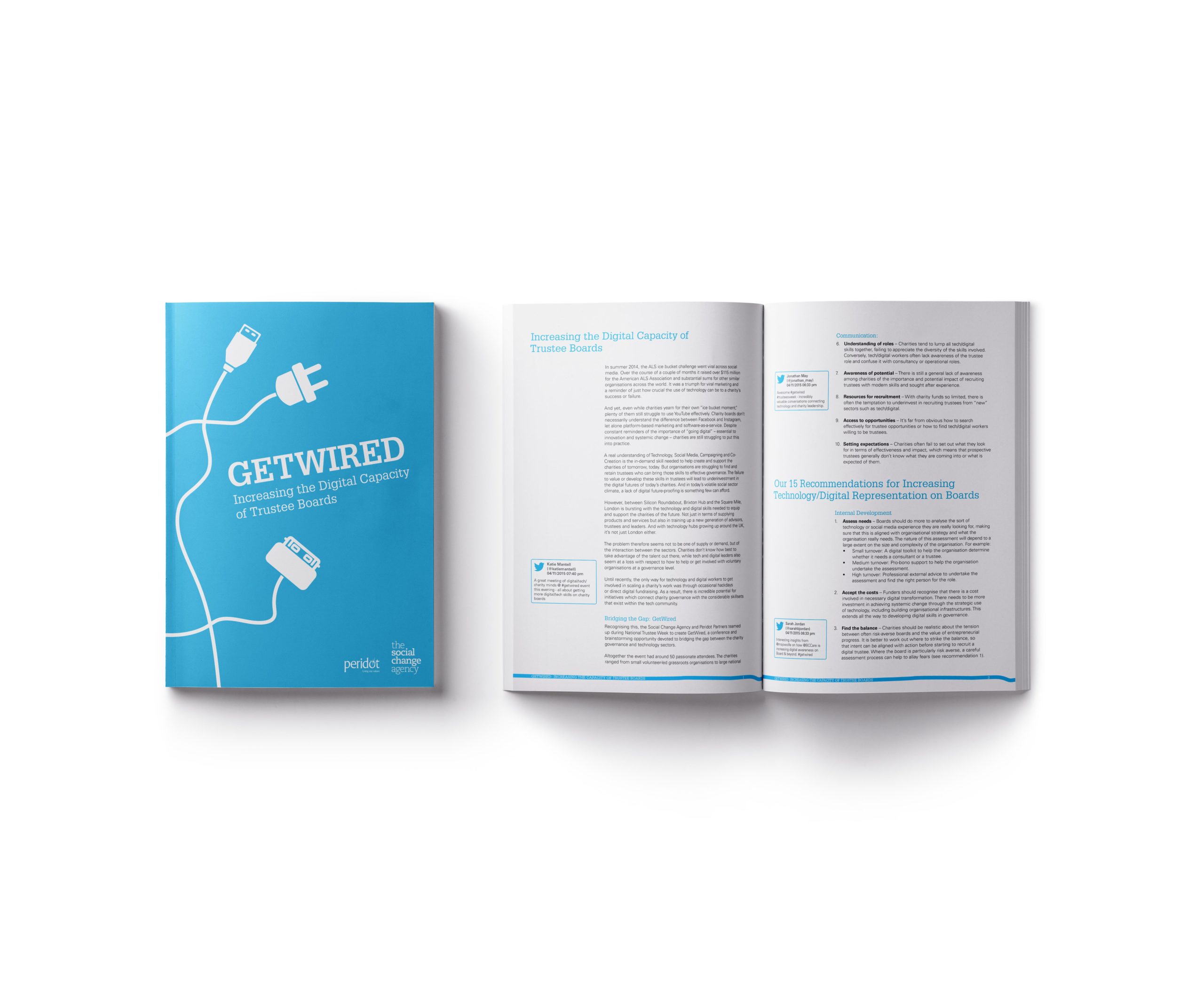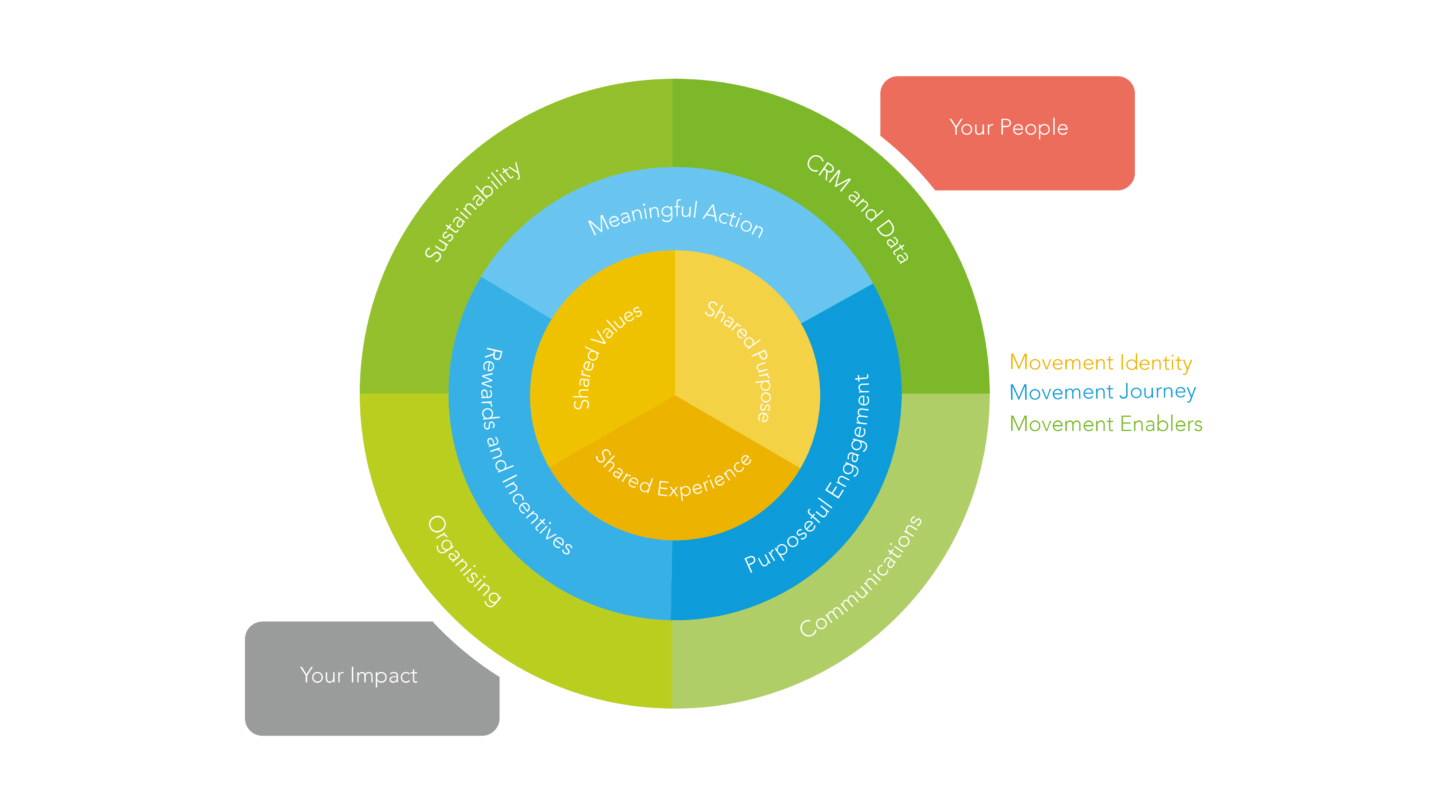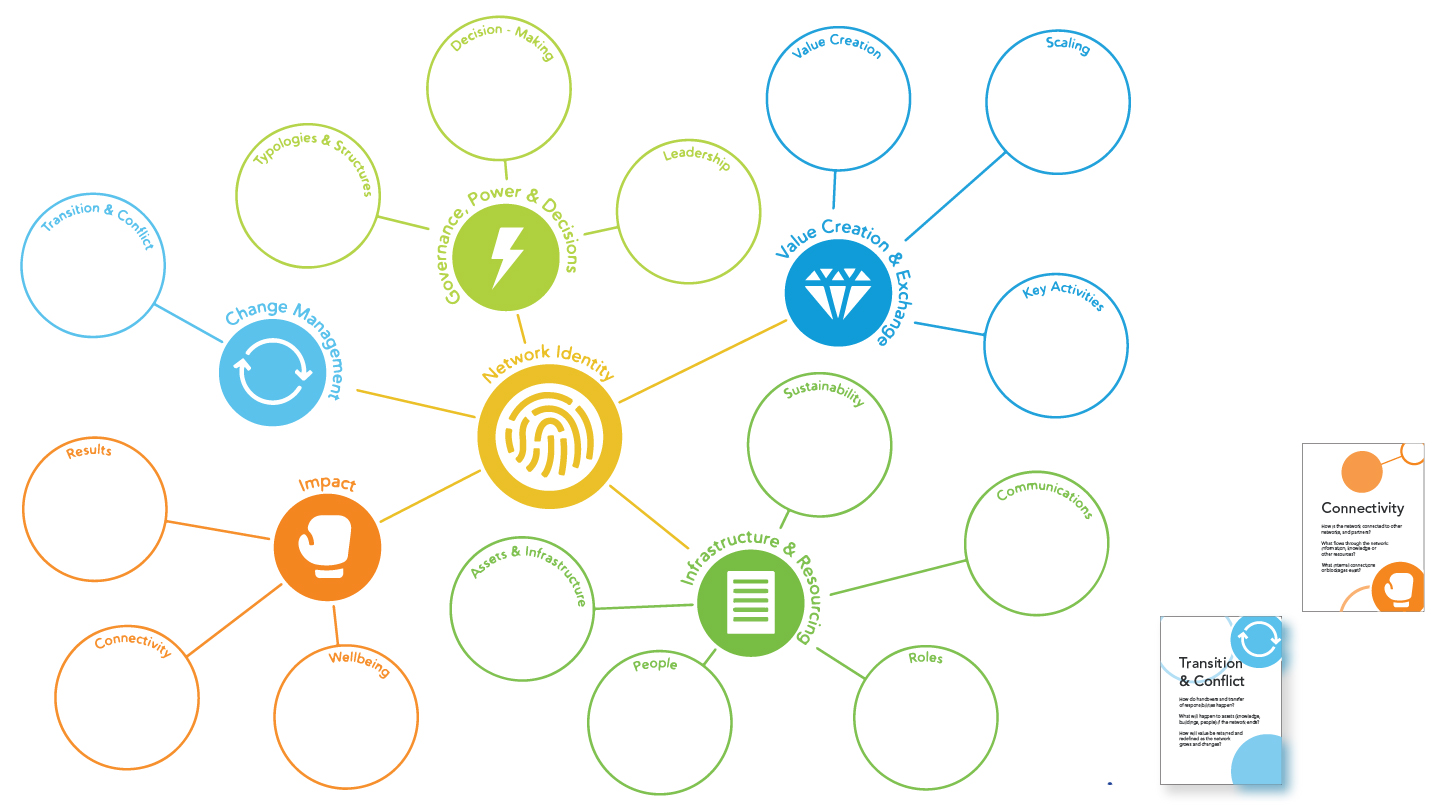15 Recommendations for increasing technology / digital representation on boards

The following recommendations were highlighted during our discussions at GetWired.
Not all of the recommendations are new, but they could all be practised more widely.
With the right support and attitude, we believe that some of the recommendations could be put into practice easily, while a few will need sector-wide leadership to change the system.
In case you missed it, you might also want to check out The top 10 barriers to increasing digital and tech capacity on charity boards
Internal development
1. Assess needs
Boards should do more to analyse the sort of technology or social media experience they are really looking for, making sure that this is aligned with organisational strategy and what the organisation really needs. The nature of this assessment will depend to a large extent on the size and complexity of the organisation. For example:
- Small turnover: A digital toolkit to help the organisation determine whether it needs a consultant or a trustee.
- Medium turnover: Pro-bono support to help the organisation undertake the assessment.
- High turnover: Professional external advice to undertake the assessment and find the right person for the role.
2. Accept the costs
Funders should recognise that there is a cost involved in necessary digital transformation. There needs to be more investment in achieving systemic change through the strategic use of technology, including building organisational infrastructures. This extends all the way to developing digital skills in governance.
Where the board is particularly risk averse, a careful assessment process can help to allay fears
3. Find the balance
Charities should be realistic about the tension between often risk-averse boards and the value of entrepreneurial progress. It is better to work out where to strike the balance, so that intent can be aligned with action before starting to recruit a digital trustee. Where the board is particularly risk averse, a careful assessment process can help to allay fears (see recommendation 1).
4. Take general responsibility
There is only one Treasurer, but everyone on the board is responsible for the finances. In the same way, there should be a minimum of one tech person on the board but the responsibility for tech/digital should lie with everyone. The “tech trustee” should not be treated as a consultant, expected to deal with every single technology-related issue. Instead, the role is to translate opportunities and risks for less specialised trustees and help them to engage with the issues in an informed way.
5. Improve digital skills
It’s increasingly important to work on improving the digital skills of all board members, in a similar manner to basic finance skills. There are a number of different ways to achieve this, for example:
- Internal and external trustee induction programmes could include a digital component.
- Boards could set up a tech/digital advisory group for the organisation. This serves a dual purpose of both addressing immediate need, and creating a pool of potential trustees for the future who know the organisation.
- Boards could provide digital mentoring for board members and executives, which could come from the board suggested above.
6. Use grassroots expertise
Boards need to be confident in bringing in operational staff when discussing tech/digital issues. Much of the digital transformation work occurs across organisations, and not all senior management team members understand it or can represent it accurately.
Accessibility and communication
7. Make meetings accessible
Long bureaucratic meetings don’t suit anyone, and the danger is that tech/digital workers will disengage. While governance needs to be done properly, effort should be put into making trustee meetings dynamic, strategic and timely. Similarly, organisations should consider more flexible meeting times, including at evenings and weekends (with the caveat that nothing is going to suit everyone).
8. Consider new methods
Organisations should be open to using technologies to support and streamline their governance, for example through the use of virtual meetings, digital chat rooms such as Slack, electronic board papers, Dropbox and Google Docs. In addition, charities should recognise that the tech/digital sectors have their own work methodologies, such as Agile, Scrum and Lean, and should not be afraid to use them where appropriate.
9. Promote understanding
Charities need to recognise that the tech sector has a lot to offer, but that language and behaviour can create barriers to understanding and cooperation. It is worth taking the time to double-check that people have a shared understanding regarding jargon and expectations in and out of meetings.
10. Create networking opportunities
There need to be more networking opportunities between the tech and charity sectors, allowing trustees to meet potential trustees and vice versa, and for concerns between the two sides to be explored and allayed.
11. Explain expectations
Charities should be explicit about what good trusteeship looks like, helping to explain what is involved in governance, manage expectations around the role and highlight key responsibilities. This could be done through the use of positive-impact case studies and online profiles of trustees.
12. Support engagement
Tech/digital firms need to do more to engage their staff with the idea of taking on trustee roles, potentially through their board or CSR teams and the provision of internal courses. This serves the dual roles of increasing employee skills and giving back to society.
Industry wide action
13. Create trustee readiness programmes
The technology and digital sector needs trustee readiness programmes to allow tech/digital workers to explore and build their trustee skills. This would work best with support from both the tech/digital sector and the charity sector as well as transformational funders.
14. Set up buddying programs
Working together, the technology and charity sectors could put in place cross-organisational trustee buddying programmes. These would serve to support tech people on boards and also invite external technological digital leaders to be present during meetings, demystifying the environment for tech/digital workers.
15. Awareness and signposting
Trustee week needs to be bigger and bolder and go beyond the usual suspects. There is a massive need for trustee awareness and recruitment campaigns which signpost people to good quality analysis and information around the roles. This could be funded by NCVO or ACEVO.
GetWired: Increasing the digital capacity of trustee boards




